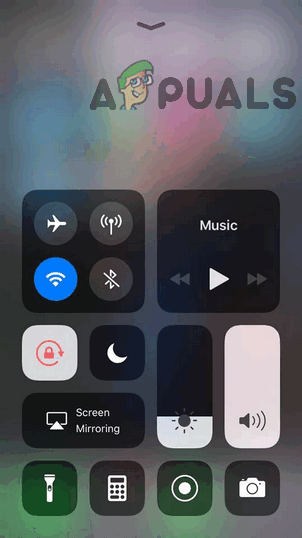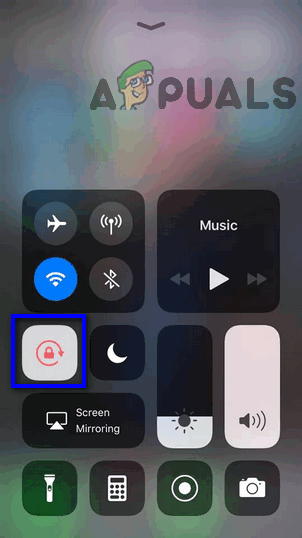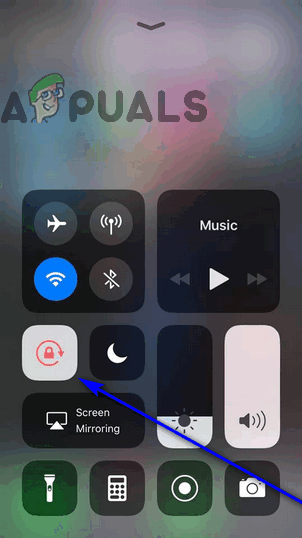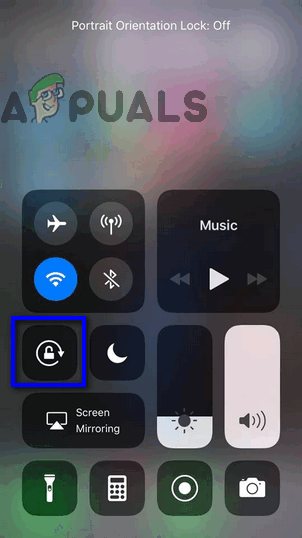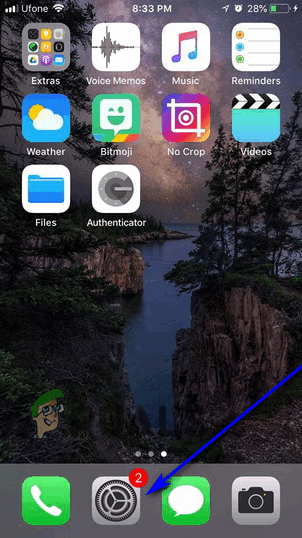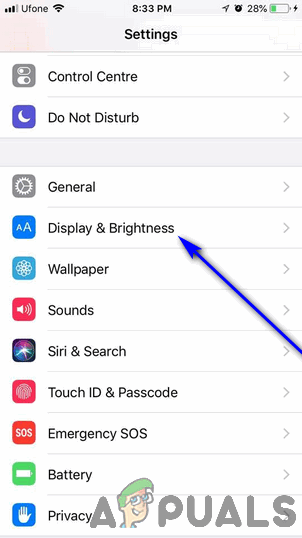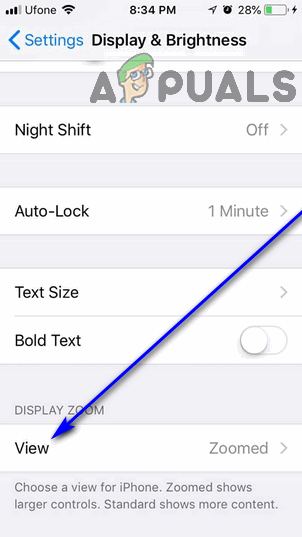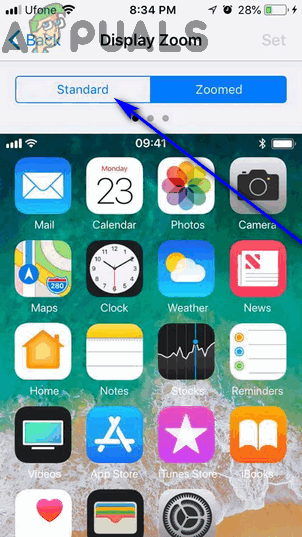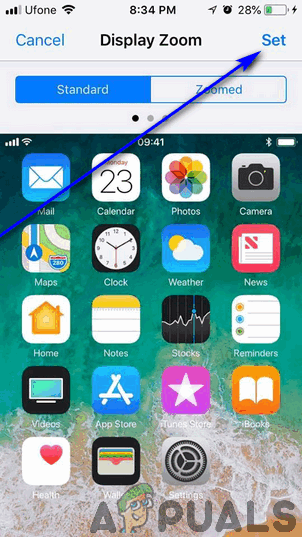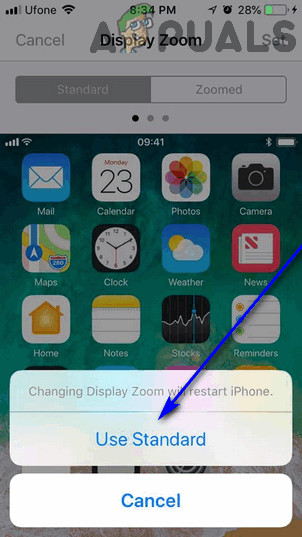All of the mobile devices Apple manufactures and distributes – from iPhones and iPods to the beastly iPad – have accelerometer sensors built into them and are capable of screen rotation. Can we all just agree that we’ve all been there? We change the orientation of our device but its screen orientation does not change accordingly, leaving us either annoyed or worried. There are a number of different reasons an iPhone, iPod or iPad could refuse to switch from portrait display to landscape display when turned on either side, and most of them are absolutely no reasons to worry. The following are, in decreasing order of probability, the possible causes for an iOS device’s screen refusing to rotate in accordance with its physical orientation:
Screen Rotation Could be Locked
The most obvious possibility when an iOS device’s screen refuses to rotate in accordance with its physical orientation is the screen rotation lock. We’re all well aware of how annoying it can be when screen rotation is triggered on accident – there’s nothing worse than lying on your side, using your iPhone or iPod and suddenly your device’s screen decides to switch from portrait display to landscape display because of its physical orientation. It is precisely to prevent situations like this that all iOS devices have a screen rotation lock built into them that is part of their Operating System. When the screen rotation lock is enabled on any iOS device, its screen won’t switch orientation no matter how many times or in what manner its physical orientation changes. Although no such indicator exists on some versions of iOS, on most versions, you can see an indicator that looks like an arrow curving around a padlock next to the device’s battery indicator in the top right corner of the screen when the screen rotation lock is engaged. Your device’s screen won’t be reorienting itself in any direction while the screen rotation lock is enabled, so you’re going to have to disable it to rotate your device’s screen. To disengage the screen rotation lock on an iOS device, you need to: Note: On versions of iOS older than iOS 7, although such instances are quite rare in today’s time, the toggle for the screen rotation lock is found in the Fast App Switcher that can be pulled up by double-pressing the Home button instead of the Control Center which didn’t even exist in these now antique versions of iOS. As soon as you do so, your iOS device’s screen should go back to rotating in accordance with its physical orientation. If it doesn’t, however, the screen rotation lock just wasn’t the problem.
The App You’re Using Might Not Support Screen Rotation
Not all apps for iOS devices are adept at being used in both portrait and landscape orientations. In fact, many apps for iOS devices simply don’t let the device switch its screen orientation to landscape/portrait in order to preserve functionality. Even the home screens on most iPhones (barring every iPhone that has a Plus next to its name) and all iPods don’t allow the screen orientation to be changed and can only be used with the device’s screen in portrait mode. If you try to reorient your device’s screen when you’re inside an app and the screen simply refuses to switch to a different orientation, the app might not support changes to screen orientation. To see if that is indeed the case, simply go into an app that you know for sure supports changes to screen orientation (the Photos app, for example) and see if your device’s screen rotates while you’re using that app. If your device’s screen doesn’t reorient itself in accordance with its physical orientation even while you’re in the Photos app, the app isn’t the one to blame in your case.
Display Zoom Might be Interfering With Screen Rotation
On every iteration of the iPhone that has the term Plus next to its name, inside apps isn’t the only place your screen’s orientation can be changed. You can also switch from portrait mode to display mode on your home screen, which is a pretty cool feature that other iOS devices don’t have. However, these devices also have a feature that can sometime hinder and interfere with screen rotation on the home screen, and this feature is known as Display Zoom. On these much bigger devices, Display Zoom is a nifty little feature that enlarges both text and icons to improve readability and quality of life. However, in doing so, the feature might actually be interfering with the device’s inherent screen rotation feature, preventing the device’s screen from reorienting on the home screen. If Display Zoom is messing with your iPhone’s ability to display the home screen in landscape view, the issue can be rectified by simply disengaging the feature. To disable Display Zoom on your device, you need to:
Screen Rotation Could be Locked
Apple’s iPad uses the same iOS Operating System as the relatively smaller devices it produces, but the screen rotation lock on some versions of the iPad works a little differently. This, however, is very unlikely to be why your iOS device’s screen refuses to rotate simply because of just how aged the models of the iPad this specific instance applies to are. Unless you’re experiencing this problem on an iPad that is older than the iPad Air or the iPad Mini 3, you need not even consider this as a possibility. On these older iPads, however, the screen rotation lock can be toggled using the small button located directly above the volume rocker – the button we usually use to engage and disengage Silent Mode on iOS devices. If you’re accidentally toggling the screen rotation lock via the side button and are therefore experiencing this problem, you can simply opt to have the switch used to toggle Silent Mode instead, equalizing the issue. To do so, you need to:
Hardware Failure
The least likely root of the issue might be a hardware failure on your device’s part. As stated before, it is an iOS device’s accelerometer sensor that keeps track of the device’s physical orientation and instructs it to configure its screen’s orientation accordingly. If your device’s accelerometer sensor (or any other components associated with the sensor or its functionality) are no longer in working order, your device’s screen won’t be able to reorient itself no matter what. If the cause of the issue is hardware failure, the screen rotation lock, the app you’re trying to use in a different screen orientation and the Display Zoom feature (as well as any other possible factors, on that note) have absolutely no effect on your predicament. In case of hardware failure or suspicion of hardware failure, the recommended course of action is to make an appointment at your nearest Apple Store and take your device into the establishment to have it checked out and the issue hopefully resolved.
How to Rotate the Screen on ChromeBook?FIX: HTC One M9 Auto Rotate IssueHow to Rotate a Picture in WordHow to Rotate a Video for Windows Media Player
